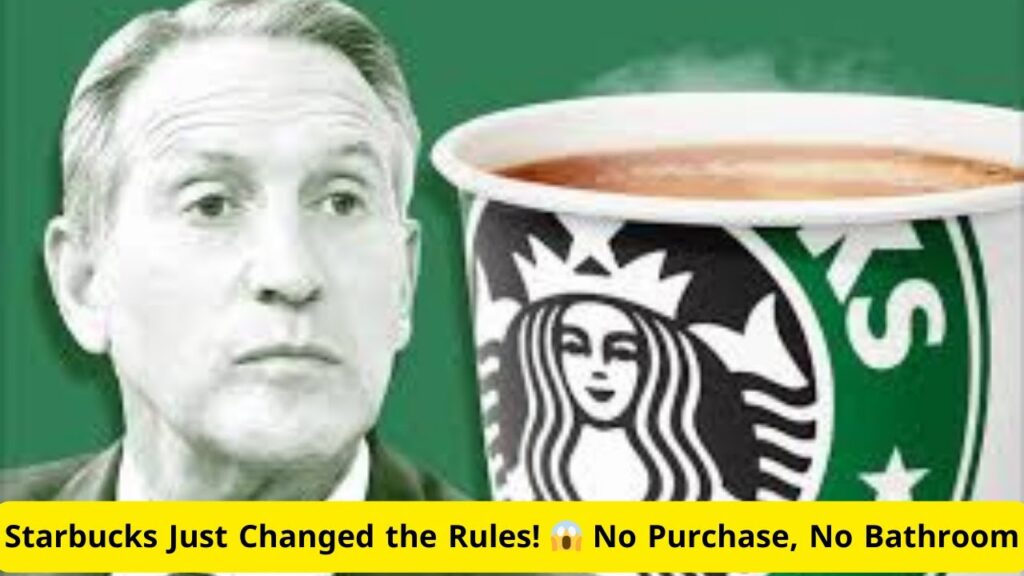 There’s too much stuff. Too many retail outlets, too many products, too many brands and way too many line extensions.
There’s too much stuff. Too many retail outlets, too many products, too many brands and way too many line extensions.
How many Gaps do we need in a five-mile radius? Ubiquity might work for a Starbucks, a chain selling highly addictive, impulse products for just a few dollars. It actually makes sense for them to have units a few blocks away (or less) from each other to make it easy for their high frequency customers to bounce in when in urgent need of a caffeine jolt. It’s a very different story for stores like apparel chains that rely on higher dollar purchases over less frequent occasions.
Online shopping continues to grow rapidly, serving both to increase competition overall and stealing sales from brick and mortar outlets. As a result, the return on investment from labor, real estate and inventory is squeezed and harder to justify. We will see consolidation of established retail outlets and constraints on even the new “hot” chains.
In the big box retail stores, there is evidence that a consolidation of runaway product variations is underway. A recent Wall Street Journal article reports that Target and Wal-Mart are both “undertaking a vast culling of items to simplify selection.” The piece goes on to say that “consumer goods companies, such as Procter & Gamble Co., are (also) in the process of narrowing their focus and eliminating unprofitable product categories. (For example), recently, Procter & Gamble eliminated a sixth of its Olay skin-care products, from acne washes to facial scrubs.”
This issue is fraught with peril for retailers and manufacturers. More shelf space and more product offerings generally lead to increased sales and market share. But what happens when categories become so bloated and confusing to the point where consumers are turned off?
Toothpaste is my favorite example. At last count, there were 41 versions of Crest and 42 of Colgate available. The Colgate website allows visitors to search by “benefit/usage” in the following categories: Whitening, cavity protection, sensitivity relief, gingivitis prevention, germ protection, breath freshening, enamel protection, tartar control and for children. Crest offers similar classifications.
Taken on their own, these categories represent specific benefits. But this breaks down when you start to compare one product to the next. Nearly all offer some combination of most or all of these product features, turning what should be a simple decision for a consumer into confusing, mind-boggling, time-consuming drama.
This glut of meaningless choices stems from two phenomena described by Professor Youngme Moon of the Harvard Business School in her book “Different:” Augmentation by addition and augmentation by multiplication. The root cause of both might be described as defensive marketing.
The toothpaste category is a perfect example of augmentation by addition. A company sees a competitor add a feature, whitening, e.g., and doesn’t want to lose market share. Perhaps they are best known for fresh breath or cavity protection, but they fear losing market share if they ignore this important dimension. So instead of making a stand and doubling down on its strength, the brand starts to add features to keep up. As competitors continue in a reactive mode, adding features and line extensions, the core essence of the brand is watered down, possibly to the point of being unrecognizable.
Soft drinks are a good example of augmentation by multiplication. There was once Coca-Cola, the original. Over the years, multiple versions have appeared to address specific consumer concerns: diet, caffeine free, Cherry Coke, Coke Zero, etc.
SKU’s multiplying like rabbits, combined with a glut of retailers and ever increasing pressure from online sales, has given way to great inefficiencies in stores, consumer confusion and the erosion of brand strength.
If the Olay example cited earlier is any indication, P&G is taking a proactive, leadership stance in taking on this problem. They clearly understand, as their competitors must as as well, that the current state of affairs will not stand and the shelves will be reconfigured at some point. They can play a role in this transition or leave it to the retailers who might slash SKU’s and reallocate shelf space without their best interests in mind.
It’s a very fine mess that package goods manufacturers find themselves in, nearly all of their own making. Reconfiguring entire product categories to bring focus to brands and and a more accessible, less confusing brand architecture will likely result in lost shelf space, which could very will almost certainly lead to lost sales in the short-term. While more focused brands would ultimately be stronger and more profitable over the long run, very few managers want to present a “losing” plans to shareholders with what would surely be perceived as just a vague promise that it will be all right over time.
This will be a painful process, but it’s inevitable. Will companies shift to a more offensive stance, i.e., focusing on brand strengths rather than fighting the urge to create a line extension for every new fad or product feature? Will they sacrifice precious shelf space for long term brand health?
We’ll see. The ultimate choice will be between managing this pain through a proactive stance, like P&G, or letting the drug, supermarket and big box chains do it for you.



